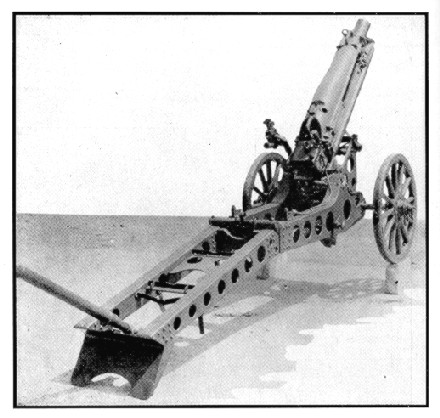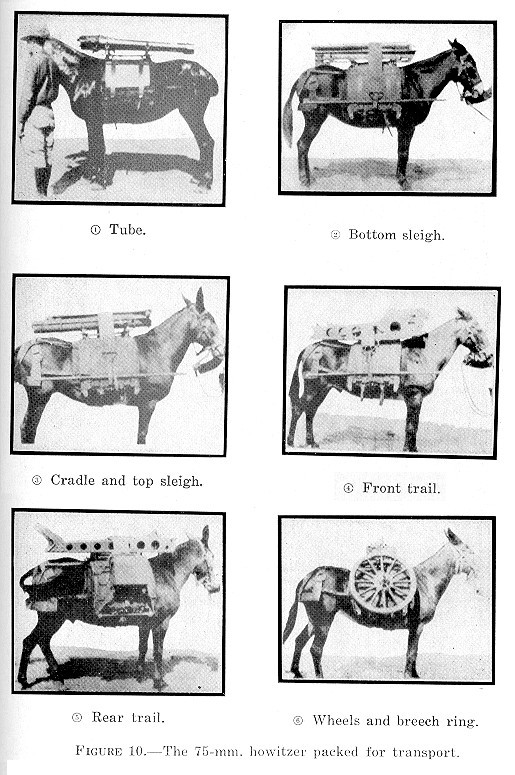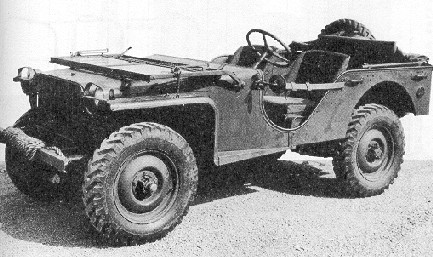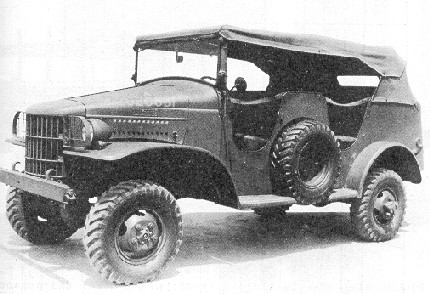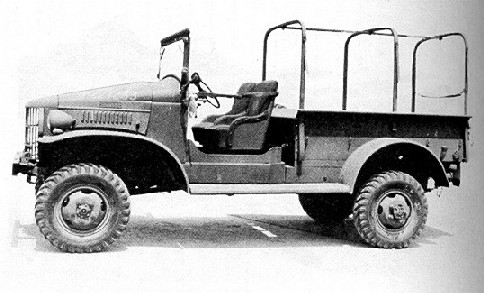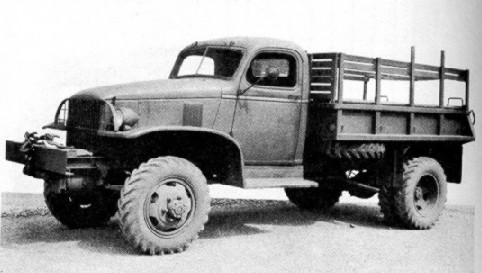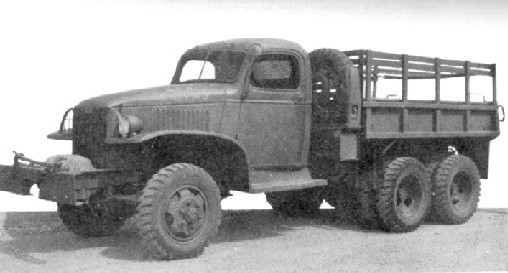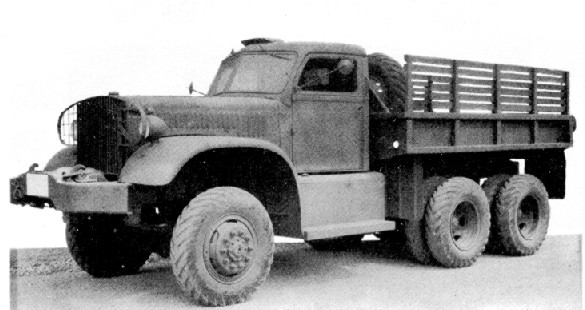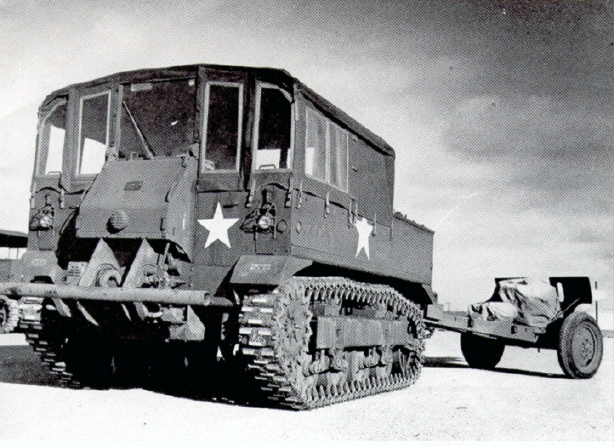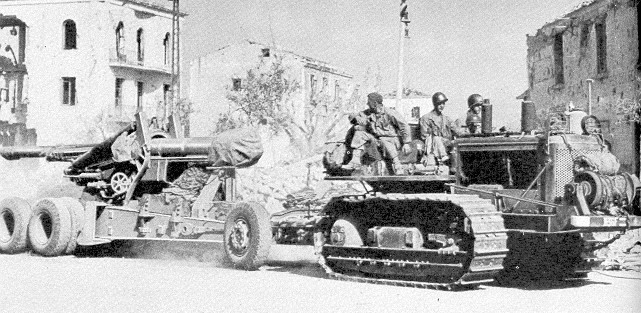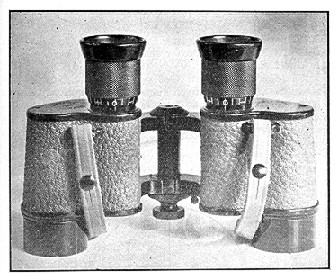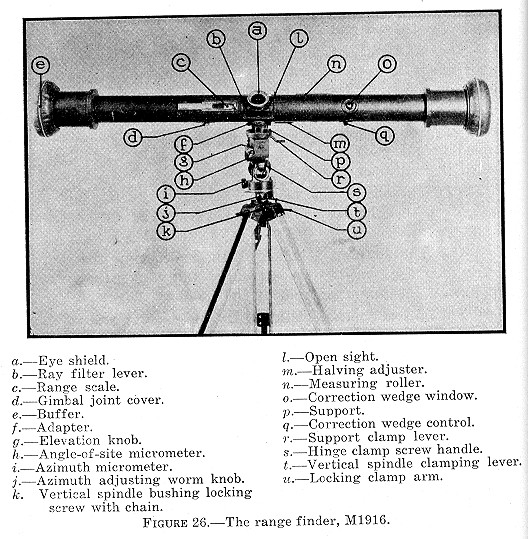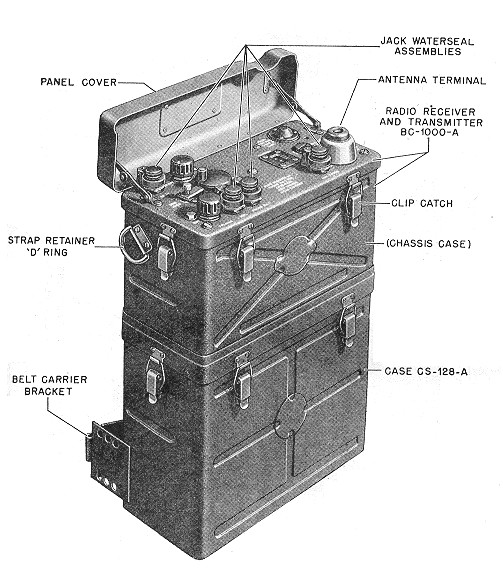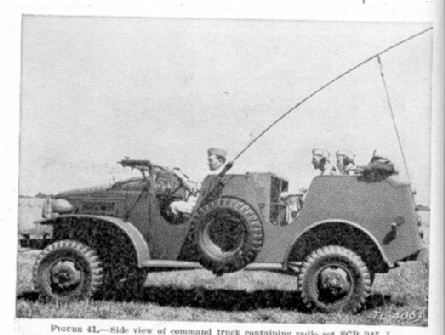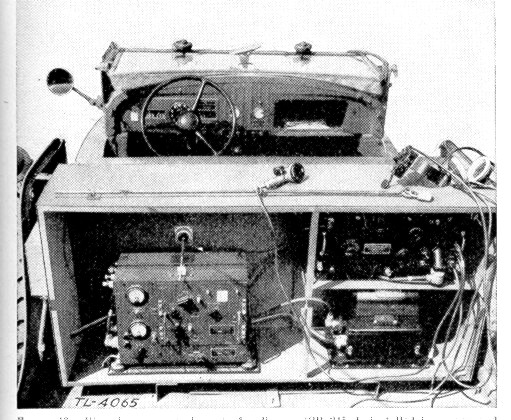| FAB
Book 223 - Field Artillery Elementary Tactics - The
basic handbook for the artilleryman. Topics include organization,
definitions, deployment, signal communications(including laying of
ground
lines). General definitions. Appendix includes symbols and table
of organizations for various types of infantry, armored and artillery
units.
363 pages. (9 X 6 in) 1942. |
| FAB
Book 200 - Field Artillery - The Battery Detail (75-mm
Gun)- This is the book I've been
searching for
that explains everything about plotting targets and OP on
maps.
Covers the basics of plotting from maps and photos. Includes
details
about optical instruments for observation and ranging, with photos and
diagrams. More details on communications and laying of ground
phone
lines. 269 pages. (9 X 6 in) 1939. |
| FAB
Book 20 - Field Artillery - Military Fundamentals - This
manual begins with a history of each war the US Army has fought.
Includes general organization of US Army, drill for dismounted and
mounted
units and units of various sizes. Ends with chapters on medical
and
sanitation. B&W Photos of the early guns, mostly of French
design.
392 pages. (9 X 6 in) 1935. |
FM
6-40 - Field Artillery Field Manual - Firing -
Quoting
introduction -
"Scope - This
chapter covers duties of personnel of the battery(except those duties
prescribed
for the service of the piece) and prescribes fire commands with
explanation
of their execution. It governs primarily the division artillery, but
with
obvious modifications applies to all types and calibers."
Small
(4-1/2 X 7)
198 page booklet. US Govt Printing Office 1939. |
|
FM
21-100 - Basic Field Manual: Soldier's Handbook -
Basic handbook for the soldier with details about equipment and packs,
weapon, first aid. Some info on drill and tactical
maneuvers.
Pages 251, with photos and sketches. (4-1/2 X 6-1/2) July
23, 1941. |
| FM 21-105
- Basic Field Manual: Engineer Soldier's Handbook - Everything
for the combat engineer; such as how to use a axe & shovel,
demolitions,
construction of bunkers, Bailey bridges, and even runway construction.
Pages 198, with photos and sketches. (4-1/2 X 6-1/2) June
2, 1943. |
| FM 5-230
- Topographic Drafting - This is an instructional book
used
to teach how to draft maps. It begins with the basics of
lettering
and illustrates drafting tools. Then it gets into very technical
details
on photogrammetry and photo-mechanical mapping, restitution and photo
offset.
Section IX is on mapping coordinates and zones and the Army use of maps
in the field. Pages 300, 20 fold-out pages in back with maps and
symbols and photo mosaics + a pair of 3-D glasses. November
1940. |
| TM 20-230
- Logarithmic, Trigonometric, and Mathematical Tables for Artillery - Full
of tables and instruction on how to use them, but very little insight
into
artillery. (9 X 6 inch) October 1944. |
|
TM
11-272 - Radio Sets SCR-210-A, -B,
…-J
and Radio Sets SCR-245-A, -B….-P.
Detail
description of FM radio with photos of one installed in a command
car.
Includes wiring diagrams. 156 Pages. Feb 23, 1942. |
|
FAB 120 – Field Artillery - Automotive Instructions. 1941
Edition. Classroom instructions for
auto
mechanics. One chapter includes photos and description of all the
trucks used by field artillery. 404 pages & appendix. |
| Drill
& Ceremonies for Field Artillery -
Ceremony Drill for mounted and motorized light artillery.
Includes
aquestrian details and uniform details as well as care of the Model
1911
pistol. 534 pages March 1941 |
| |
